
The first of the Planet Lab Dove CubeSats were deployed from the ISS on February 11, 2014 about 0831 UT
According to NanoRacks the deployment of the second batch of CubeSats from the International Space Station (ISS) will commence at 1700 UT on Tuesday, February 25, 2014. The CubeSats deployments were streamed live at http://m.ustream.tv/channel/live-iss-stream

ISS Kibo Japanese Experiment Module (JEM)
Earlier this month astronaut Koichi Wakata KC5ZTA successfully deployed the first part of the Flock-1 constellation comprising 16 Dove 3U CubeSats developed by Planet Labs. The remaining 12 Dove CubeSats along with the amateur radio CubeSats LituanicaSat-1, LitSat-1, ArduSat-2, UAPSat-1 and the 915 MHz SkyCube should be deployed in the second batch.
The amateur radio CubeSats may be deployed on Friday, February 28 at 0730 UT. Another amateur radio CubeSat the Peruvian Chasqui 1 was sent to the ISS on February 5, 2014. It is not yet clear if this will also be deployed on Feb. 28.
Eight NanoRacks deployers are installed on the Multi-Purpose Experiment Platform (MPEP). Each deployer has a capacity of 6U and so can hold up to six 1U CubeSats or two 3U CubeSats. They are carried by Japanese Experiment Module-Remote Manipulator System (JEM-RMS).
Two 3U CubeSats (6U total) can be deployed every one to two orbits to prevent collisions. For the first batch of Flock-1 CubeSats about two deployments took place each day.

Planet Labs CubeSat Constellation
LituanicaSat-1 carries a 145/435 MHz FM transponder while LitSat-1 has a 435/145 MHz linear transponder for SSB/CW communications.

Kibo Robot Arm CubeSat Deployment
The IARU coordinated frequencies are listed as:
LituanicaSAT-1
• FM Transponder Uplink 145.950 MHz Downlink 435.180 MHz
• AX25 Uplink 145.850 MHz AX25 Downlink 437.550 MHz
• CW Beacon 437.275 MHz
Facebook https://www.facebook.com/Lituanicasat1
LitSat-1
• SSB Transponder Uplink 435.180 MHz Downlink 145.950 MHz
• AX25 Uplink 437.550 MHz Downlink 145.850 MHz
Facebook https://www.facebook.com/palydovas
ArduSat-2
• 9k6 MSK CCSDS data format downlink 437.? MHz
http://www.kickstarter.com/projects/575960623/ardusat-your-arduino-experiment-in-space
UAPSAT
• AX.25 Packet Radio uplink 145.980 MHz downlink 437.385 MHz
http://www.uapsat.info/ Twitter https://twitter.com/uapsat Facebook https://www.facebook.com/uapsat
Chasqui-1 (Peru) was launched to the space station on February 5, 2014. It is understood that it is scheduled to be hand-deployed during a future Russian Extravehicular Activity (EVA).
• AX.25 Packet Radio downlink on 437.250 MHz http://www.chasqui.uni.edu.pe/eng.html
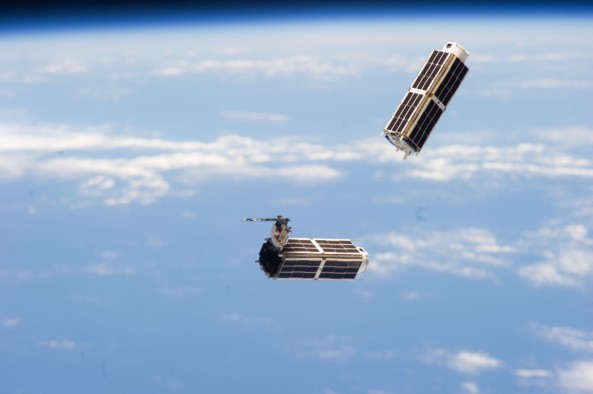
Two Planet Labs Dove CubeSats deployed from the ISS February 11, 2014
Koichi Wakata KC5ZTA https://twitter.com/Astro_Wakata
NanoRacks https://twitter.com/nanoracks/
Facebook https://www.facebook.com/nanoracks

Close-up of Planet Labs Dove CubeSats leaving NanoRacks deployer February 11, 2014
Planet Labs https://twitter.com/planetlabs
A Dove in Space https://twitter.com/adoveinspace
Southern Stars https://twitter.com/south_stars
Video of NanoRacks interview: Deploying CubeSats from the Space Station
https://amsat-uk.org/2014/01/31/video-deploying-cubesats-from-the-space-station/
February 11, 2014 ISS CubeSats deployed
https://amsat-uk.org/2014/02/11/cubesats-deployed-from-international-space-station/
Jonathan’s Space Report (JSR) has been covering robotic and human spaceflight activity for 25 years
https://amsat-uk.org/2014/02/09/a-quarter-century-of-jonathans-space-report/
Twitter http://twitter.com/planet4589

Astronaut Koichi Wakata KC5ZTA prepares NanoRacks CubeSat Deployers
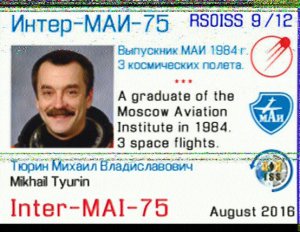
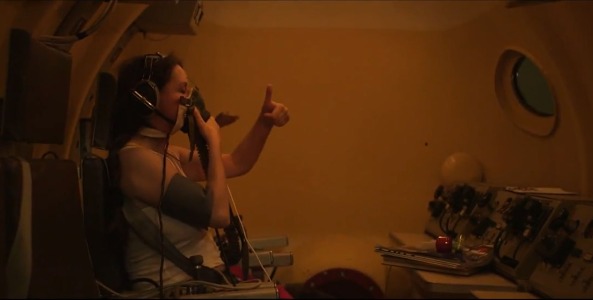

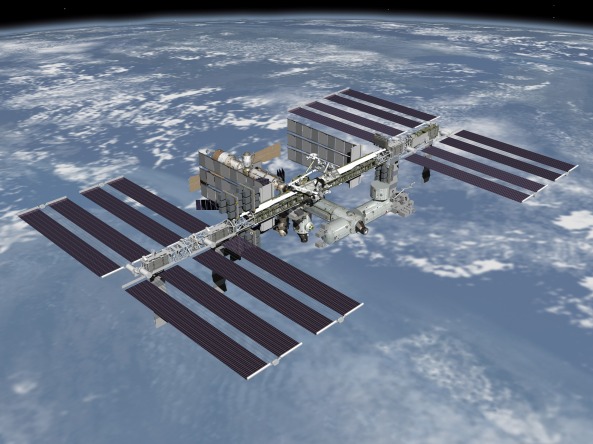










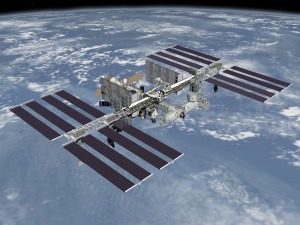


You must be logged in to post a comment.